MikeG.
Established Member
I got 2 or 3 hours in this afternoon, and started by stopping some chamfers on the main newel:
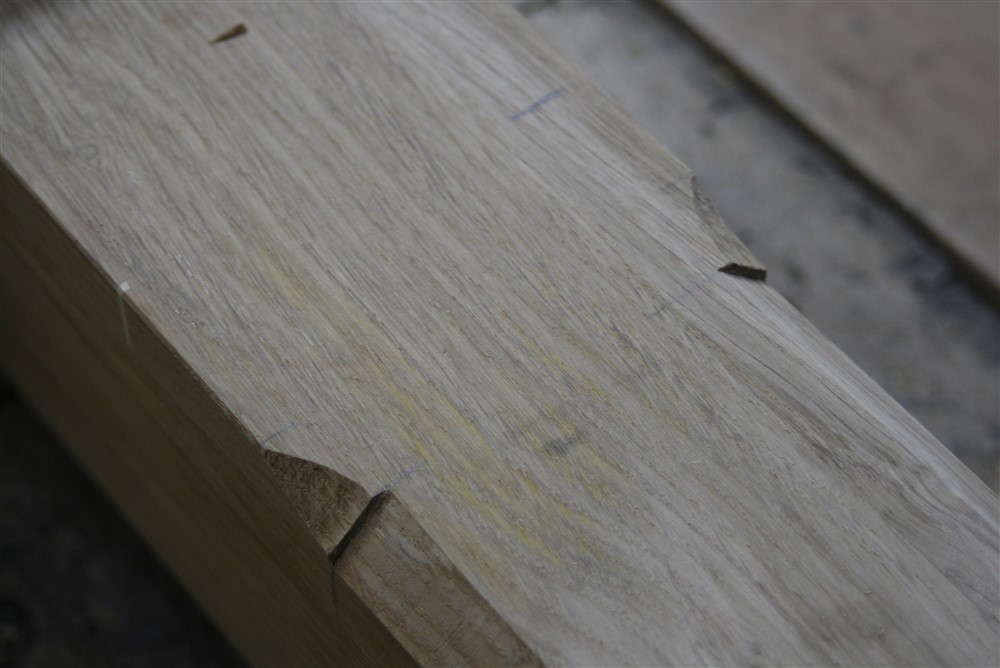
Then it was time for some carving:
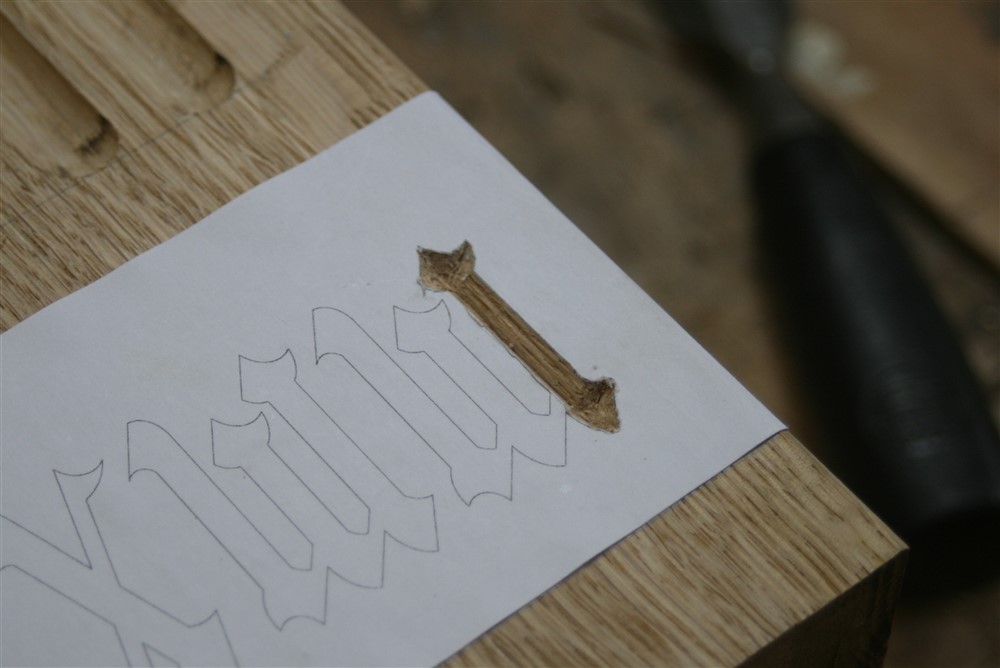
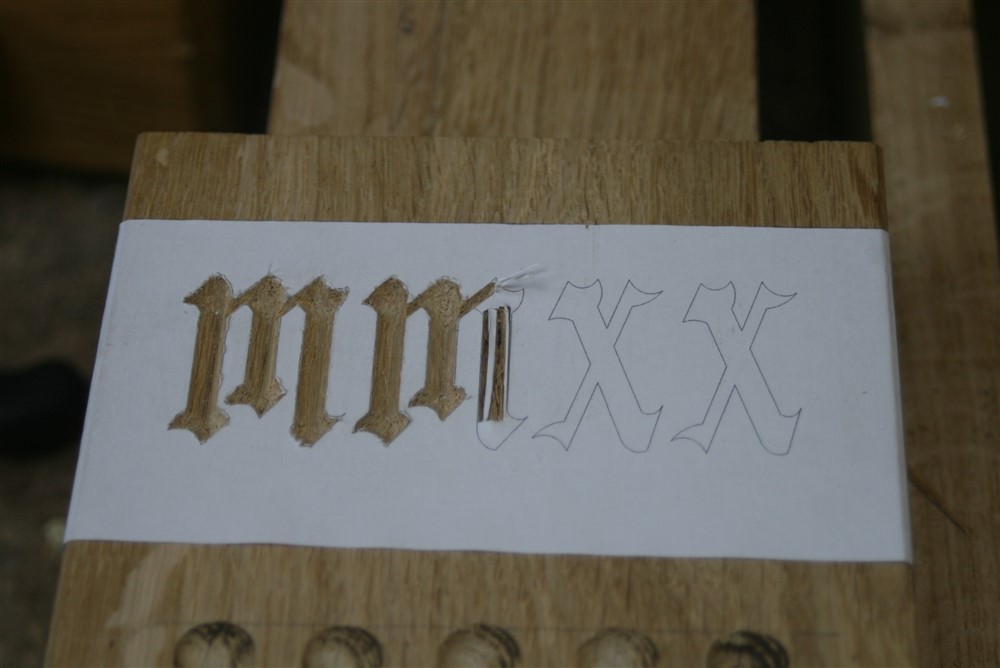
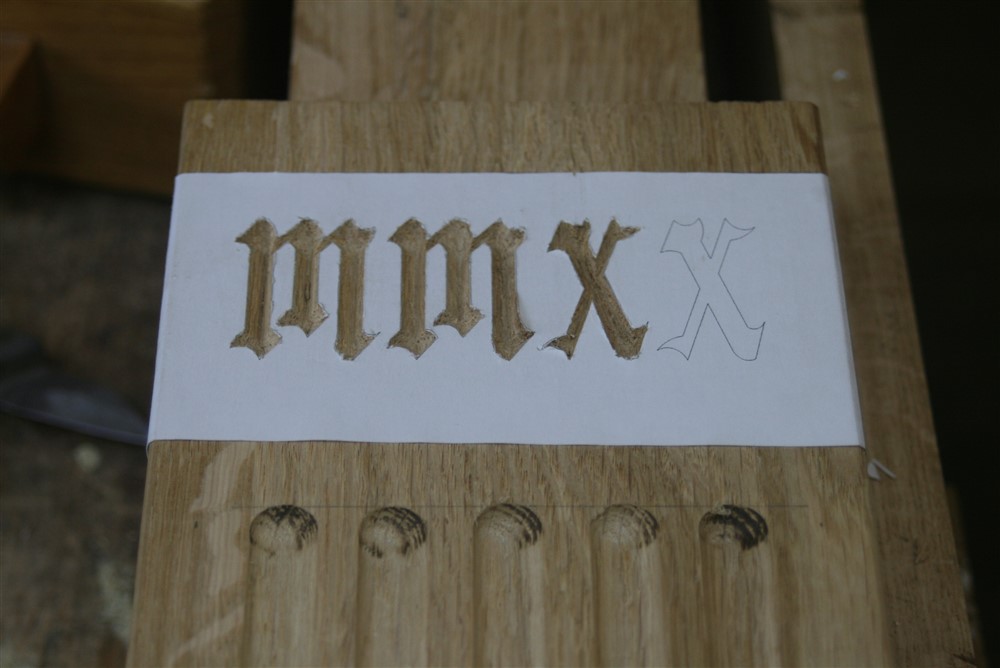

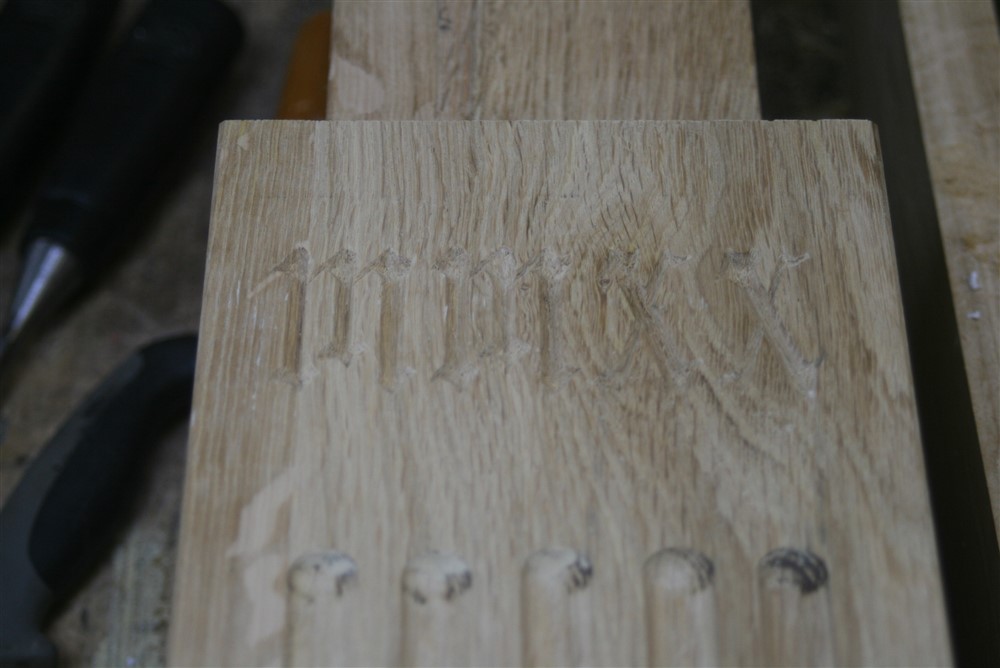
I don't have any carving chisels. I only use my normal bench chisels:

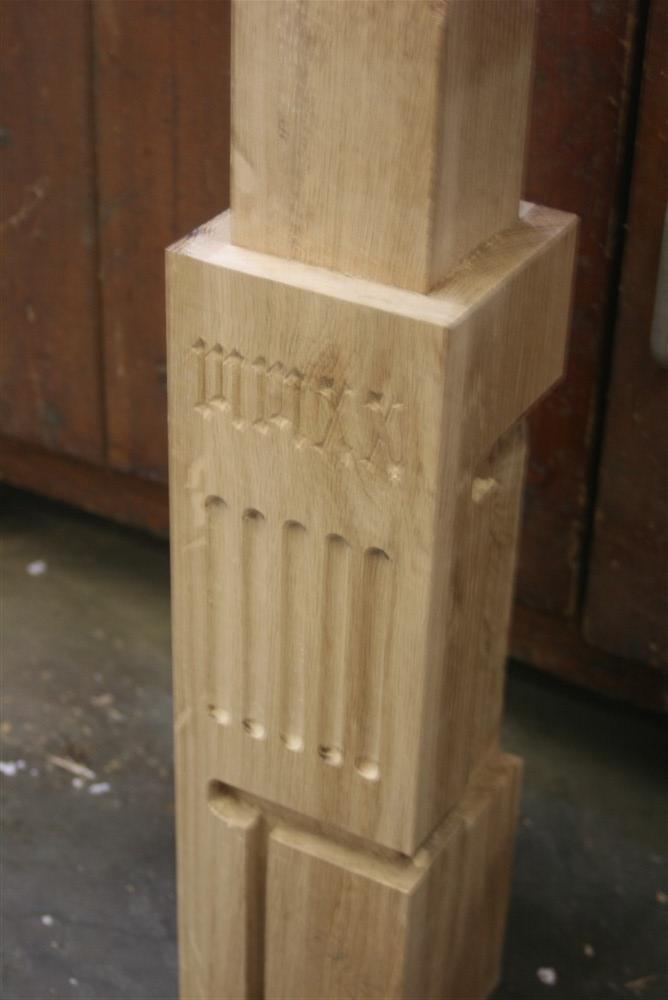
I hate mitres. I hate, hate, hate mitres. So I designed in 8 of them, just for fun:
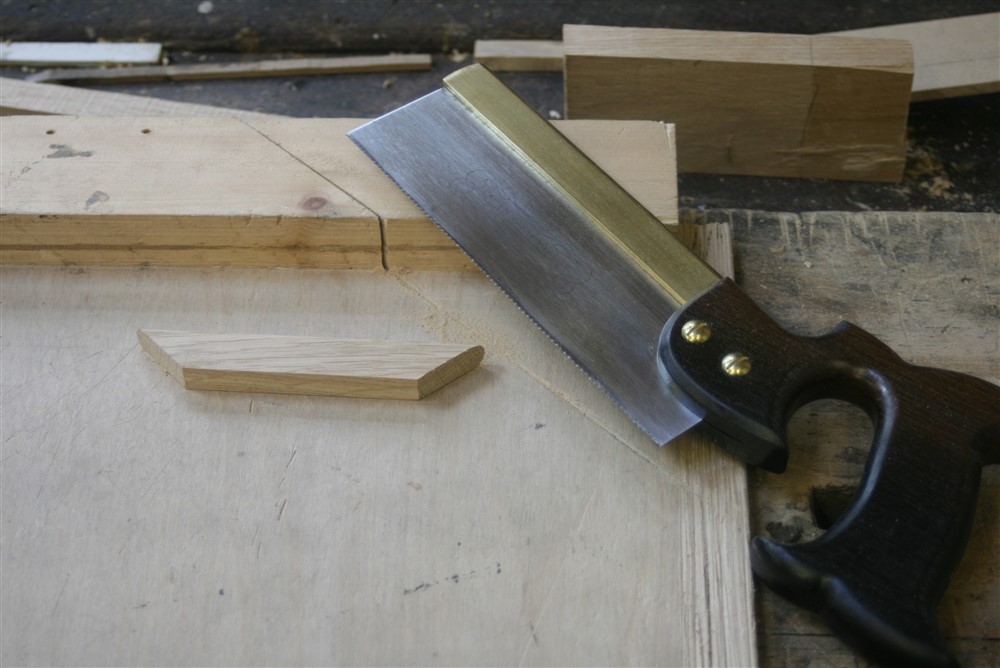
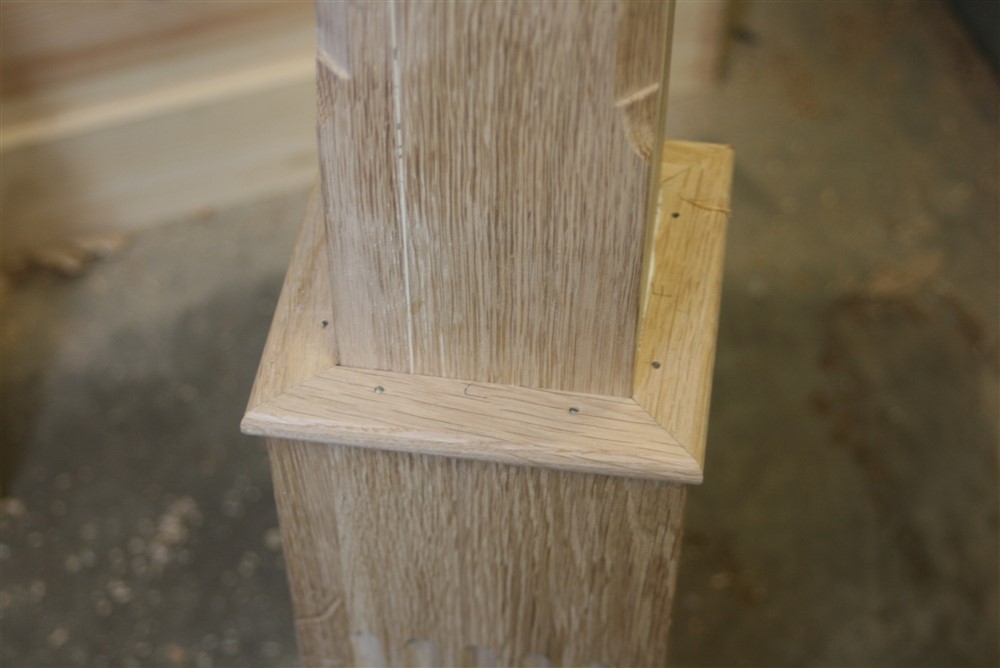
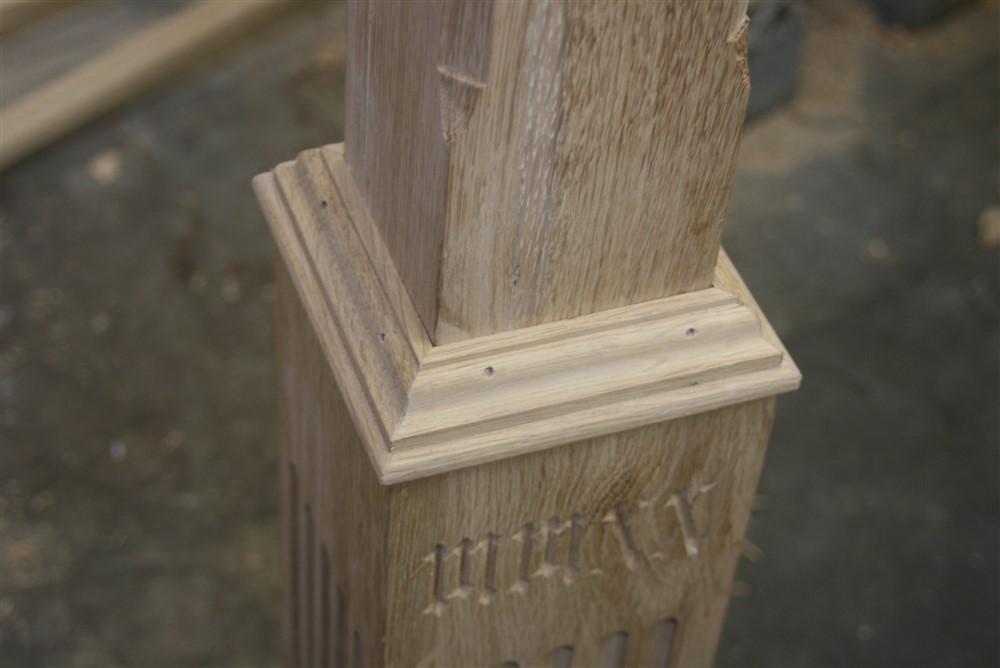
Eight pieces fitted, 11 made. I hate the damn things.
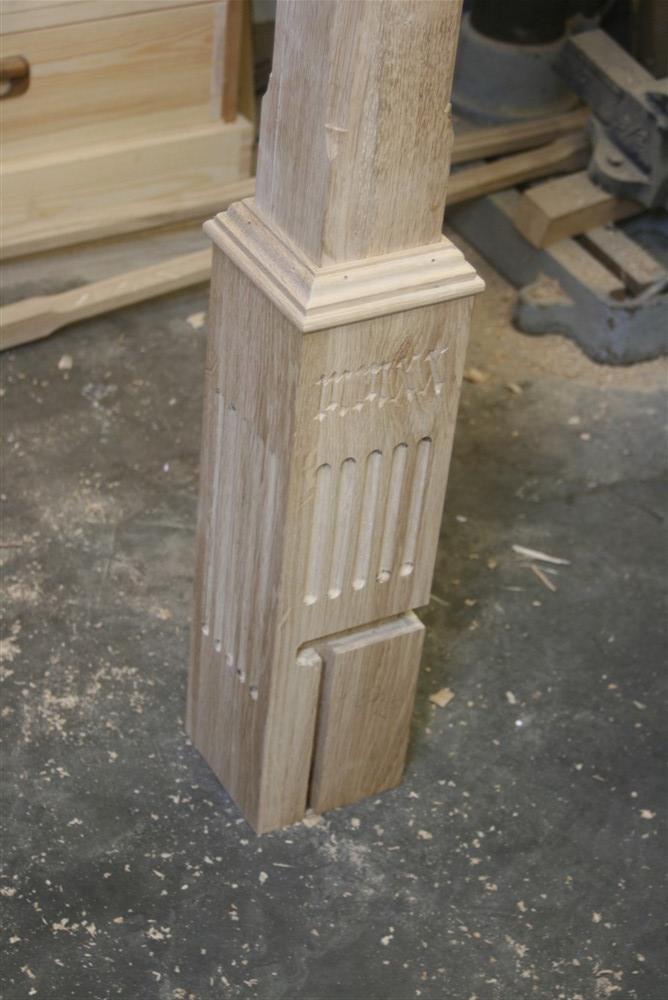
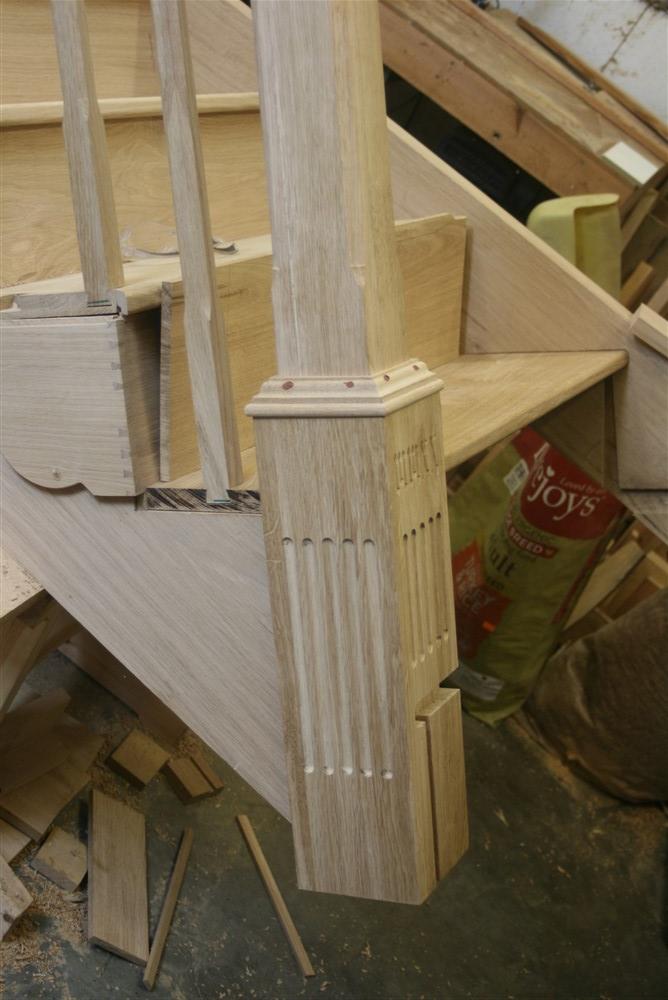
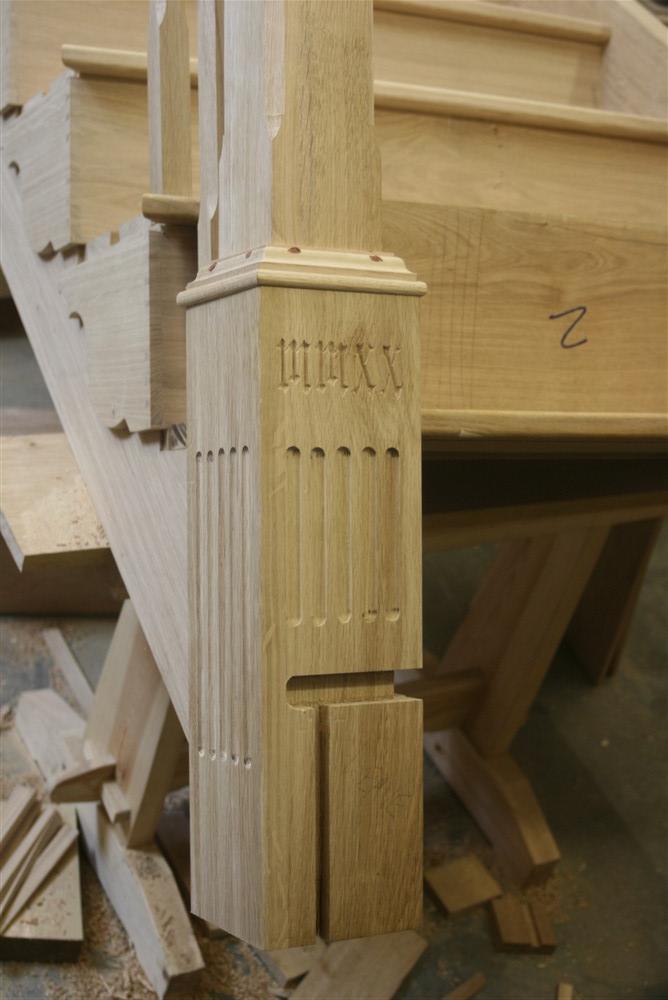
Anyone any good ideas for cleaning up the router burn marks from the end of the cove cuts? I don't own a Dremmel or carving gouges.

Then it was time for some carving:





I don't have any carving chisels. I only use my normal bench chisels:


I hate mitres. I hate, hate, hate mitres. So I designed in 8 of them, just for fun:



Eight pieces fitted, 11 made. I hate the damn things.



Anyone any good ideas for cleaning up the router burn marks from the end of the cove cuts? I don't own a Dremmel or carving gouges.
































